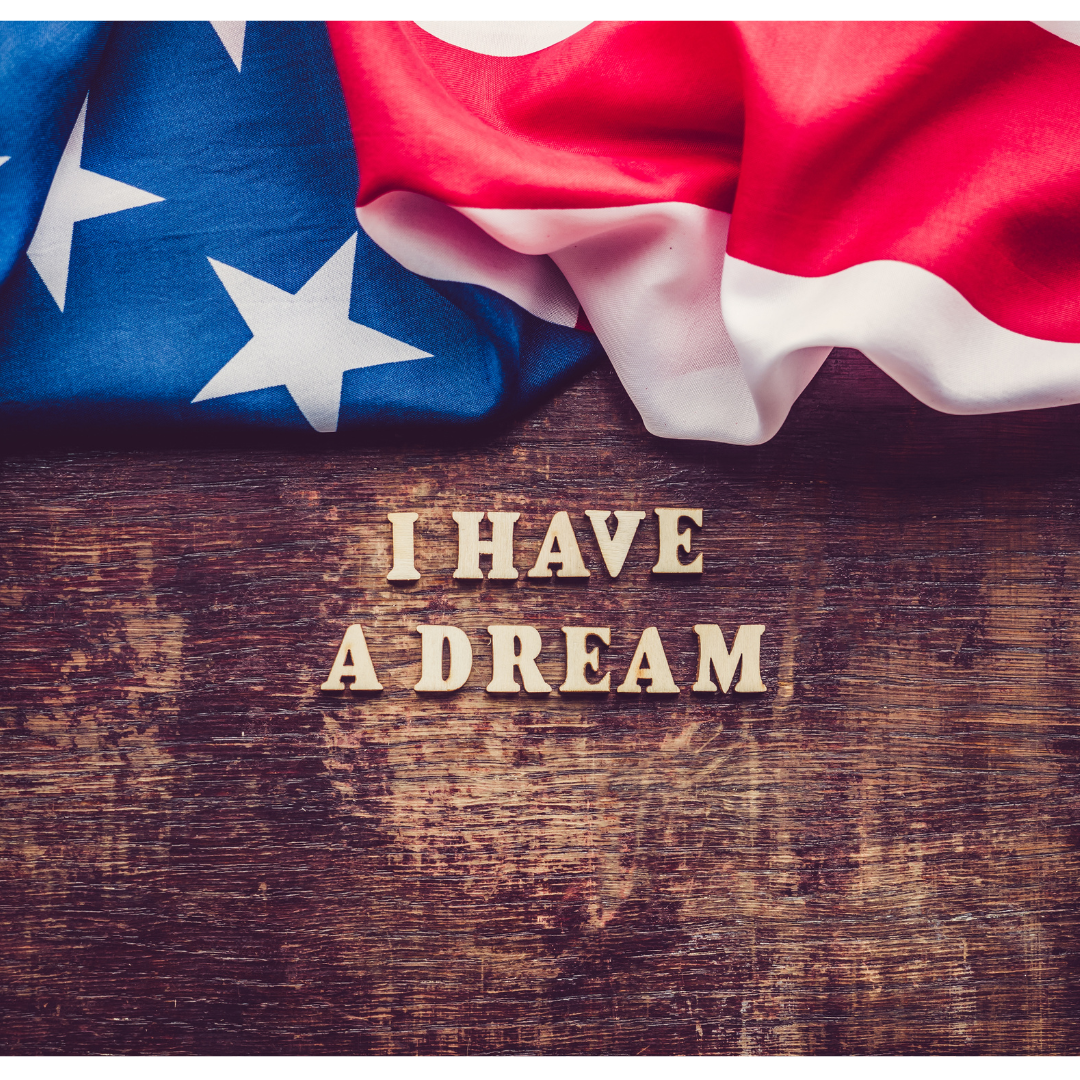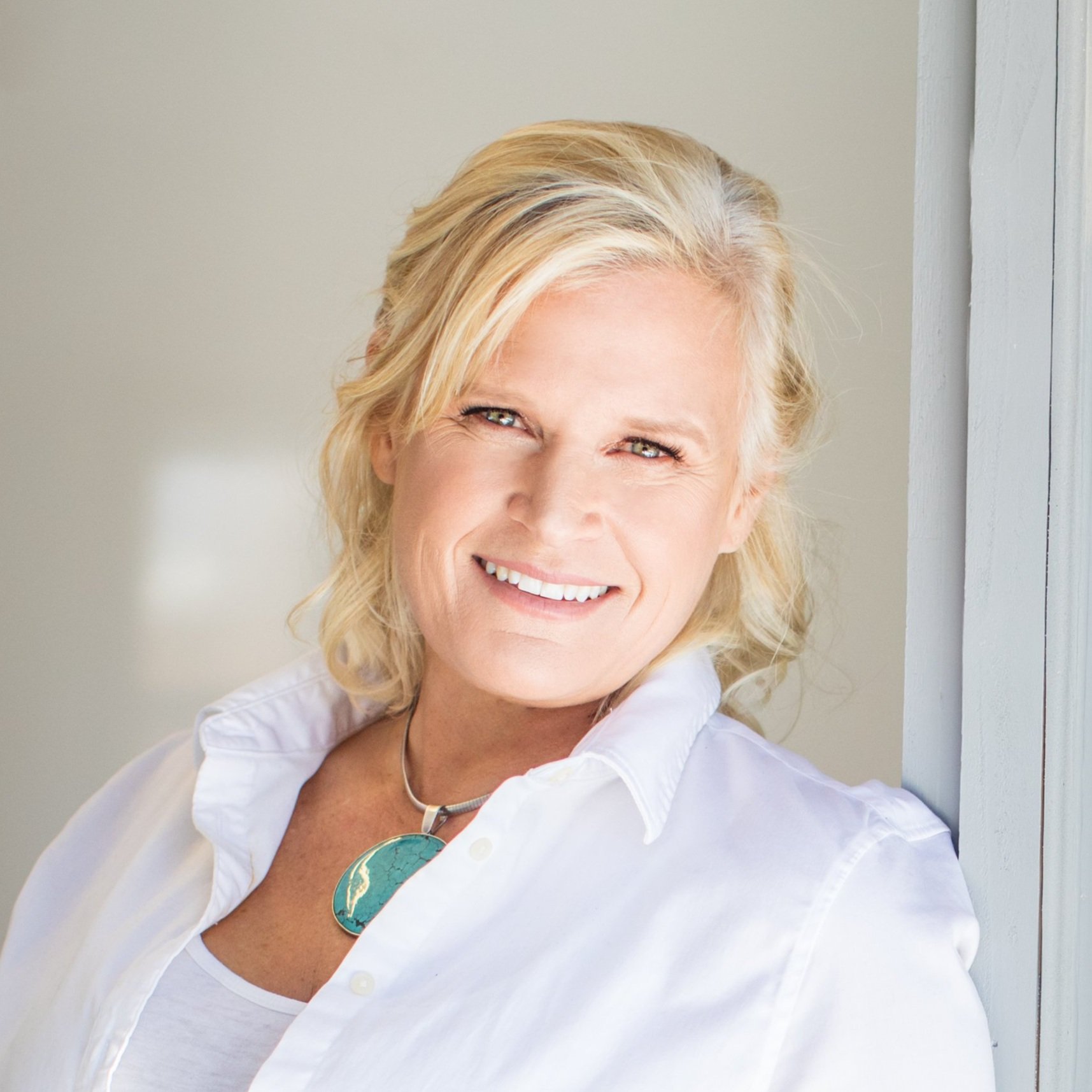Navigating Learning Disabilities: Challenges Faced by Marginalized Groups in School and Work
In education, the path to success is often marked by unique challenges for marginalized groups, particularly when identifying learning disabilities. Students belonging to minority communities, low-income families, or those with limited access to resources encounter unique challenges while on the journey of exploring struggles with learning vs. having a learning disability. To honor MLK Day and Black History Month, this blog delves into the struggles that marginalized groups face in identifying learning disabilities and accessing specialized services in both school and the workplace.The Complexity of Identifying Learning Disabilities
Learning disabilities can manifest in various ways, affecting a person's ability to acquire, organize, or use information effectively. However, identifying these disabilities is not always straightforward. Image for a blog on the struggles that marginalized groups face in identifying learning disabilities and accessing specialized services by Gail Suitor of Ignite Change Makers.
However, identifying these disabilities is not always straightforward. Currently, our education system requires students to get educational and psychological normed tests, which means these tests use small segments of our population to extrapolate a bell curve of results to show what is considered the normal range vs. out of the normal range. For example, if you had a sample of 2,000 people, 60 would be profoundly impaired, 140 would be Borderline, 300 would be low average, 1,000 would be average, 300 would be high average, 140 would be superior, and 60 would be very superior. These small groups cannot represent our 400 million citizens accurately.
Furthermore, many of the tests were developed before the COVID-19 epidemic. So, the current average student most likely differs from the average student 10 to 5 years ago. In addition, many of these marginalized communities are underrepresented in the population segments used to develop these standards. Meaning they can be over diagnosed with learning disabilities due to language, cultural differences, and testing biases. Limited Awareness and Resources
The identification of learning disabilities poses challenges for marginalized individuals. Recognizing these disabilities is often hindered by limited resources and awareness. Marginalized communities often have limited access to educational resources and information about learning disabilities. Parents, teachers, and even students may not be adequately informed about the signs and symptoms of various learning disabilities. According to the National Center for Learning Disabilities (NCLD), increasing awareness in these communities is crucial for early identification and intervention [1]. Cultural Stigmas
In some cultures, there may be a reluctance to acknowledge or discuss learning differences openly. This reluctance can hinder the process of identifying and addressing learning disabilities in a timely manner. Organizations like Understood.org provide resources for parents and educators to navigate these cultural challenges [2].Socioeconomic Disparities
Low-income families may face financial constraints that limit their ability to seek professional assessments or interventions for their children. Also, schools in economically disadvantaged areas may lack the resources needed to provide comprehensive evaluations for learning disabilities, further delaying the identification process. The Child Mind Institute advocates for increased funding and resources for schools in underserved communities to address this issue [3].Struggles in the Educational System
Once identified, marginalized students may face additional challenges within the educational system. Even when students receive a learning disability diagnosis, the support systems in place may be insufficient. Schools may lack the necessary resources and trained personnel to provide tailored interventions. Therefore, marginalized students may not receive the individualized attention and accommodations they need to thrive academically. From navigating the special education system to advocating for appropriate accommodations, these struggles can significantly impact a student's academic journey and lead to marginalized students not receiving the necessary interventions. The Learning Disabilities Association of America advocates for policy changes and increased funding to improve support systems in schools [4].Overrepresentation in Special Education
Marginalized groups, particularly students of color, are often overrepresented in special education programs. This overrepresentation can be attributed to various factors, including biased assessment practices, cultural misunderstandings, and systemic inequalities. As a result, students may be mislabeled or placed in inappropriate educational settings, further exacerbating their challenges. The National Center for Culturally Responsive Educational Systems emphasizes the need for culturally responsive practices to address the overrepresentation of minority students in special education [5].Struggles in the Workplace
The challenges for marginalized individuals with learning disabilities do not end with their educational journey. Transitioning to the workforce brings obstacles as these individuals strive to secure and maintain employment while coping with their learning differences.Disclosure Dilemmas
Deciding whether to disclose a learning disability in the workplace is complex. Marginalized individuals may fear discrimination or stigmatization, impacting their professional growth and opportunities. The need for more understanding among employers about different learning profiles and accommodations further complicates this decision-making process. The U.S. Department of Labor's Office of Disability Employment Policy offers guidance on disclosure decisions and reasonable accommodations in the workplace [6].Limited Access to Accommodations
In the workplace, access to accommodations can be limited for marginalized individuals with learning disabilities. Employers may not be well-versed in providing necessary adjustments, and workplace environments may not be conducive to diverse learning needs. This lack of support can hinder career advancement and perpetuate the cycle of disadvantage. The Job Accommodation Network (JAN) provides resources and assistance for employers and employees to navigate workplace accommodations [7].Conclusion
Addressing the struggles of marginalized groups in identifying learning disabilities is essential for fostering inclusive educational environments and workplaces. Increased awareness, culturally sensitive practices, and equitable distribution of resources are crucial steps toward dismantling the barriers that hinder the recognition and support of learning differences. By acknowledging and actively working to overcome these challenges, society can create a more inclusive and supportive landscape for individuals of all backgrounds to thrive academically and professionally.Coming Soon: Unleash Your Brilliance!
Break free from labels and ignite your brilliance!
Our signature program for individuals with learning differences is launching this March. Get ready to discover personalized strategies, empowerment techniques, and unleash your passions like never before.
Join an intimate mastermind that celebrates uniqueness and empowers you to redefine success on your terms.
Coming soon – stay tuned for a journey of self-discovery and limitless possibilities!
References:
[1] National Center for Learning Disabilities (NCLD). (n.d.). https://www.ncld.org/
[2] Understood.org. (n.d.). https://www.understood.org/
[3] Child Mind Institute. (n.d.). https://childmind.org/
[4] Learning Disabilities Association of America. (n.d.). https://ldaamerica.org/
[5] National Center for Culturally Responsive Educational Systems. (n.d.). https://www.nccrest.org/
[6] U.S. Department of Labor - Office of Disability Employment Policy. (n.d.). https://www.dol.gov/odep/
[7] Job Accommodation Network (JAN). (n.d.). https://askjan.org/
Hey There, I’m Gail Suitor
Living and working with a neurodivergent brain can be challenging. I know because I have one, raised three, and taught many over 25+ years.
I help learning disabled people break free from labels so that they can appreciate their unique brains, ignite their brilliance, follow their passions, and become the change makers they were born to be.
My Change Maker Accelerator Program uses Mastermind Pods to help participants learn the 7 strategies of highly effective neurodiverse people so that they can discover their superpowers, develop their Ultimate Change Maker Blueprint, and create the life they want.
Explore The Blog





